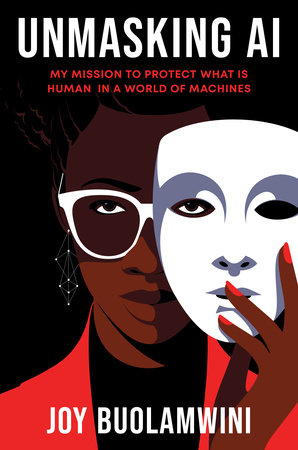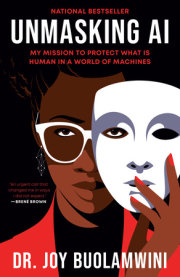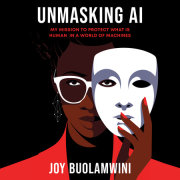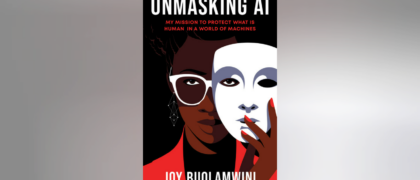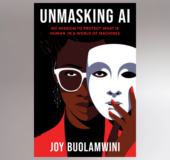FROM THE PAGE: An excerpt from Joy Buolamwini’s Unmasking AI
Dr. Joy Buolamwini, the self-described “Poet of Code,” goes beyond the news headlines about racism, colorism, and sexism in Big Tech to tell the remarkable story of how she uncovered what she calls “the coded gaze”—evidence of racial and gender bias in tech—and galvanized the movement to prevent AI harms by founding the Algorithmic Justice

